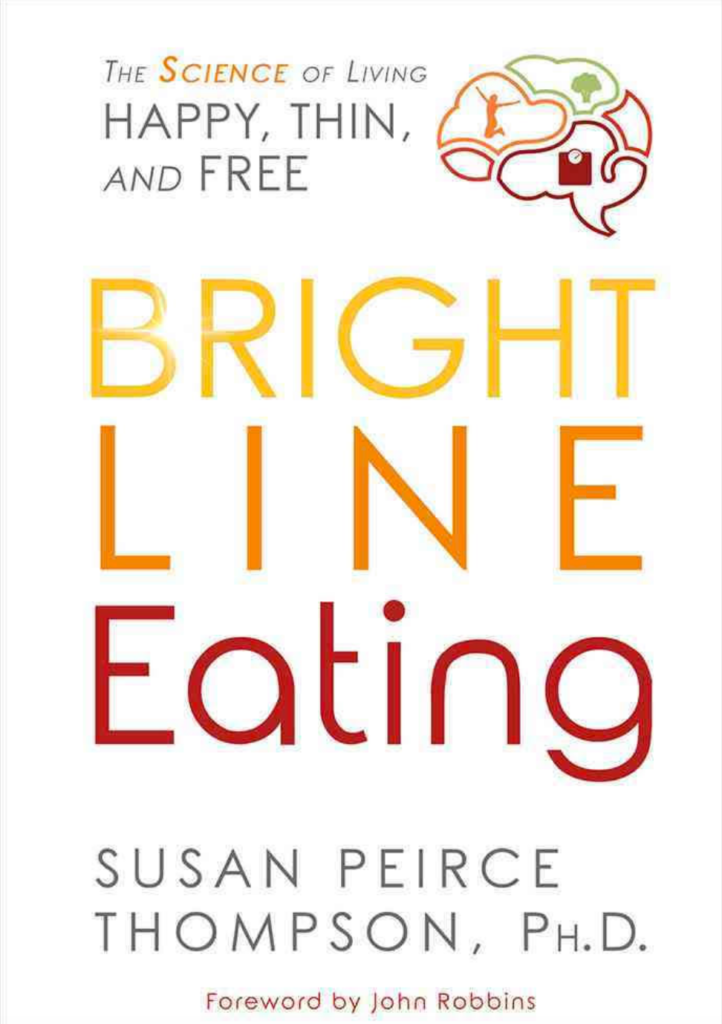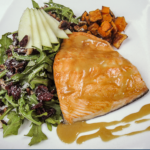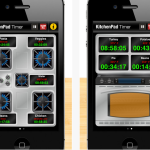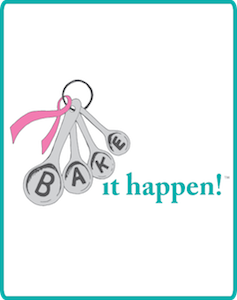Now that the weather is finally turning warmer in the northeast, I am starting to re-evaluate my food intake and habits, to see if there’s any nutritional “spring cleaning” we can commit to as a family.
I was intrigued to hear that Susan Peirce Thompson, PHD, Adjunct Associate Professor of Brain and Cognitive Sciences at the University of Rochester and an expert in the psychology of eating, has just penned a new book– Bright Line Eating— that explains how to take back control of when & where we eat & trim down for spring in this food-saturated world!
We’ve all been there: the mere sight of the Starbucks logo makes us crave a caramel latte. Ditto craving a chocolate-glazed treat when driving by Dunkin Donuts at the end of each work day.
These, along with dozens, if not hundreds, of other sights, sounds and smells in the world around are our food triggers, says Susan Peirce Thompson.
Apparently, they cue us to eat, whether we’re hungry or not. And they are one of our waistline’s biggest enemies.
We are fighting off food triggers all day long, says Susan. Our culture promotes eating at any time of the day, in any imaginable location. Long gone are meal times at the family table. Which means that nearly every situation has become a cue to eat.
But mindlessly putting food in our mouth as a knee-jerk reaction to triggers not only leads to overeating and weight gain, but actually rewires the brain to create constant cravings. In a vicious cycle, the more we give in to food triggers, the more we have them.
But breaking the cycle is relatively easy once you’re aware of it – and spring cleaning your eating habits to ditch food triggers away may be just what you need to slim down for the season ahead.
Here’s how:
Eat regular meals
A steady schedule of three meals a day at regular mealtimes—breakfast, lunch, and dinner —trains the brain to eat the right things at the right times and to pass up the wrong things in between.
Establish food-free zones
Draw up a list of places you tend to eat beyond the table: your car, the couch, your office desk… Designate them food-free zones – and stick to it.
Practice an attitude of gratitude
Research shows that something as simple as expressing gratitude will replenish will power. Gratitude also helps shift the focus from what you want, or crave, to what you have – making it easier for you to drive right by that donut shop as you count your blessings.
Gradually you’ll take back control, clean away those triggers and be the only one deciding where and when you eat.
Definitely check out Susan’s new book, releasing March 21st!








Speak Your Mind